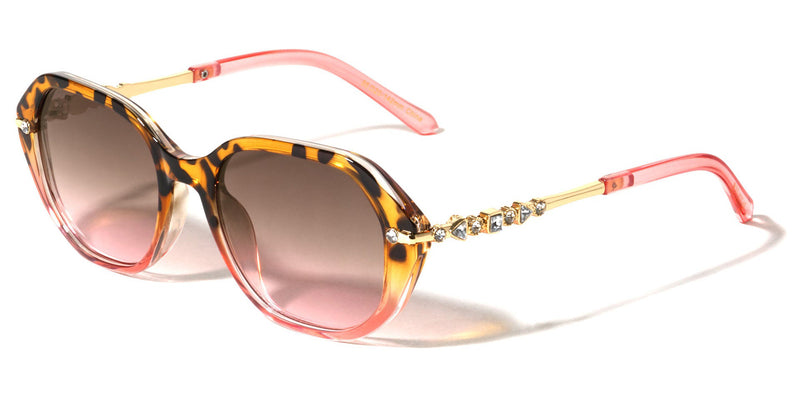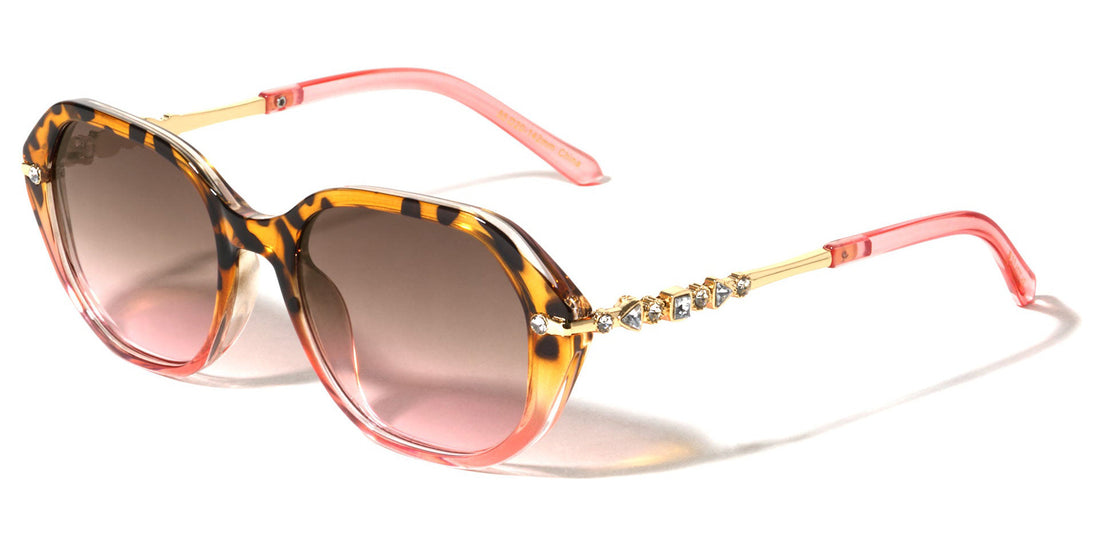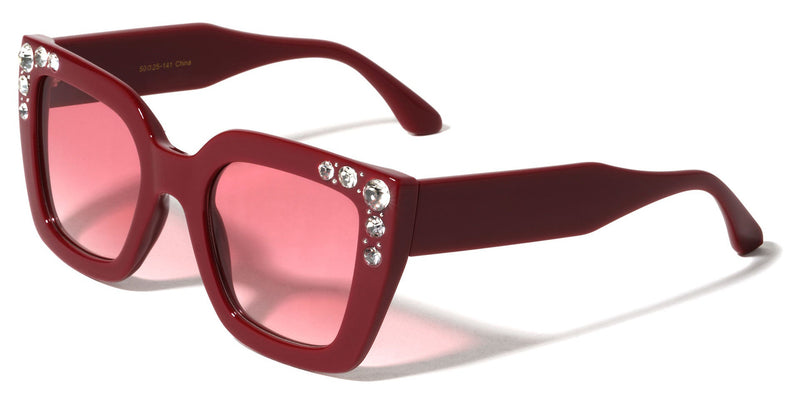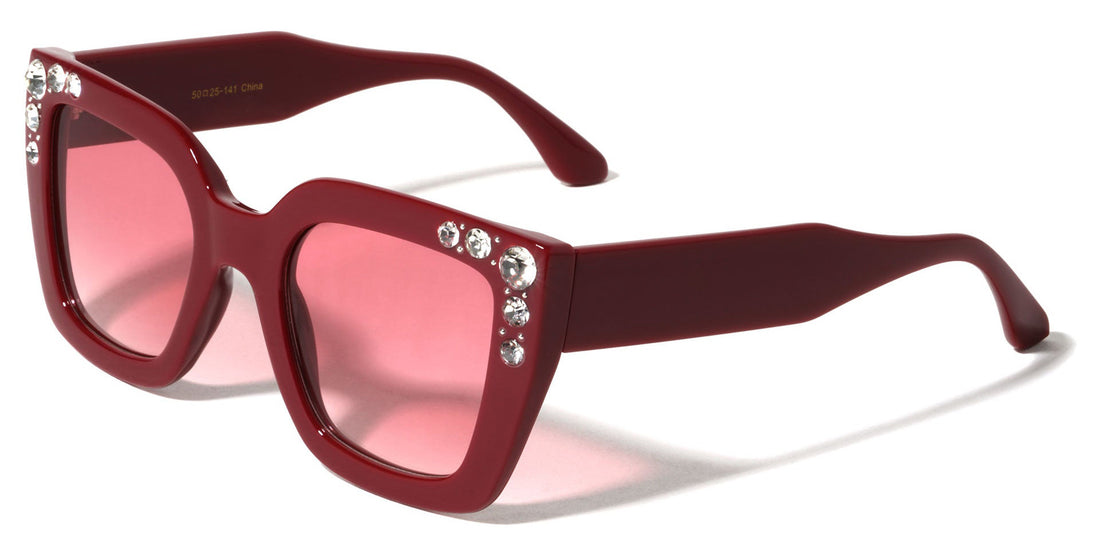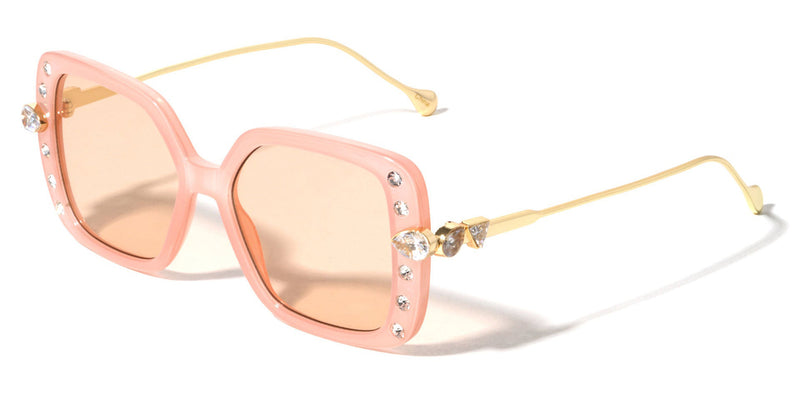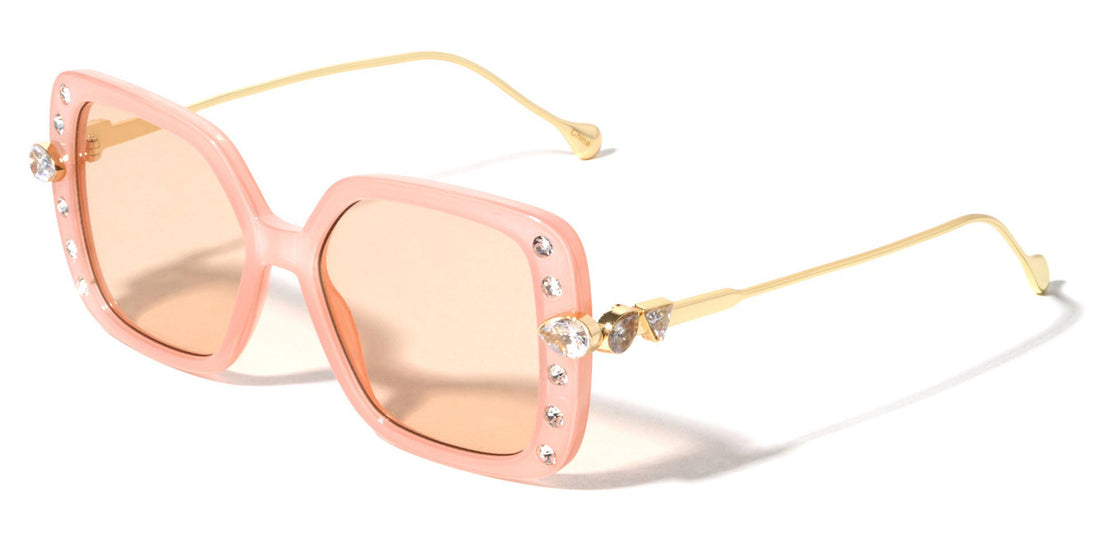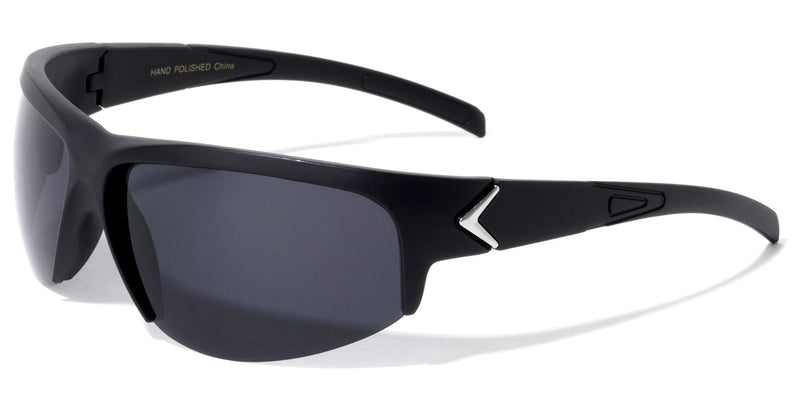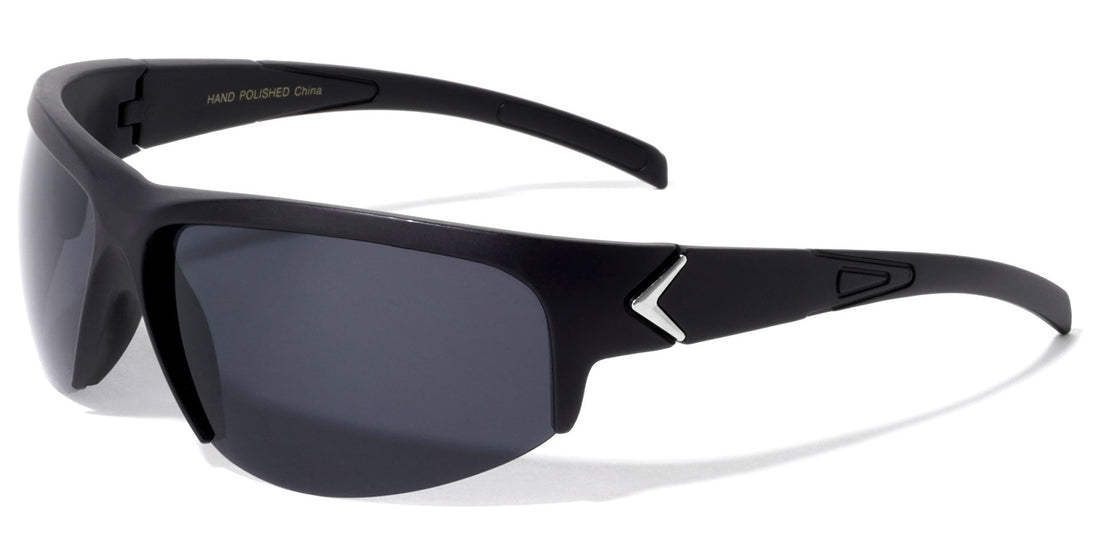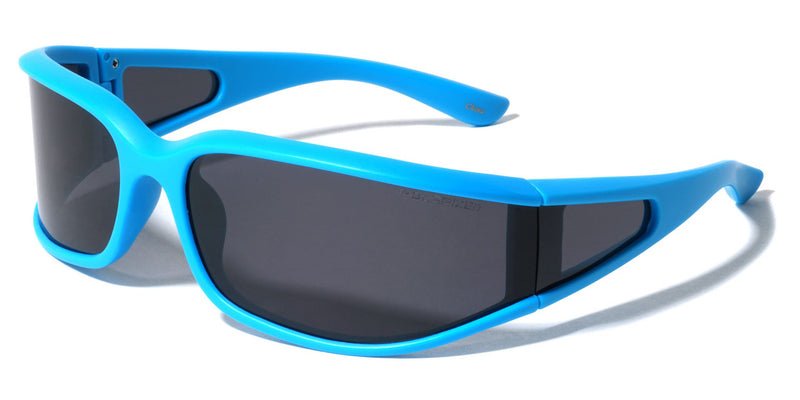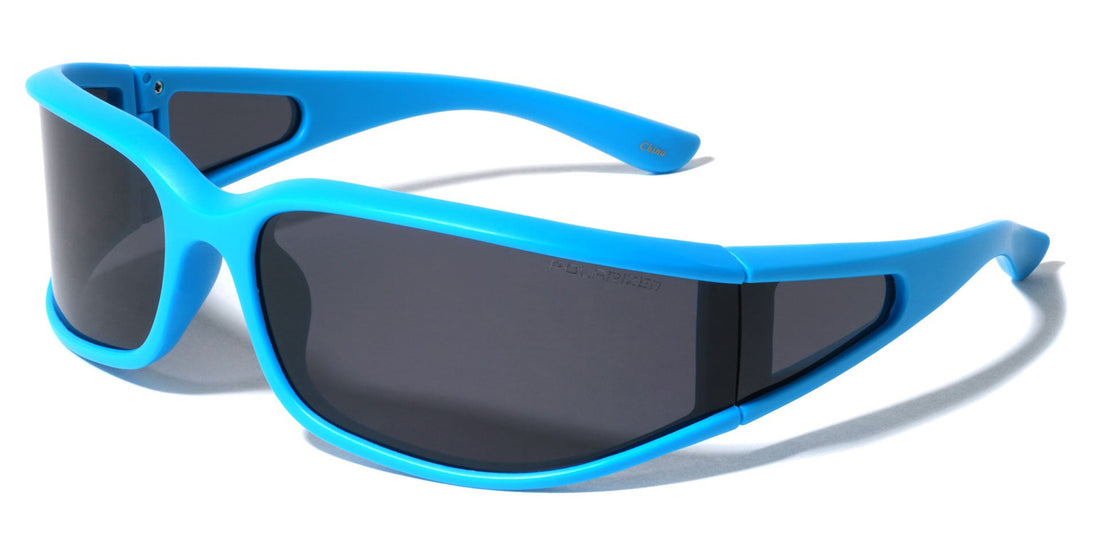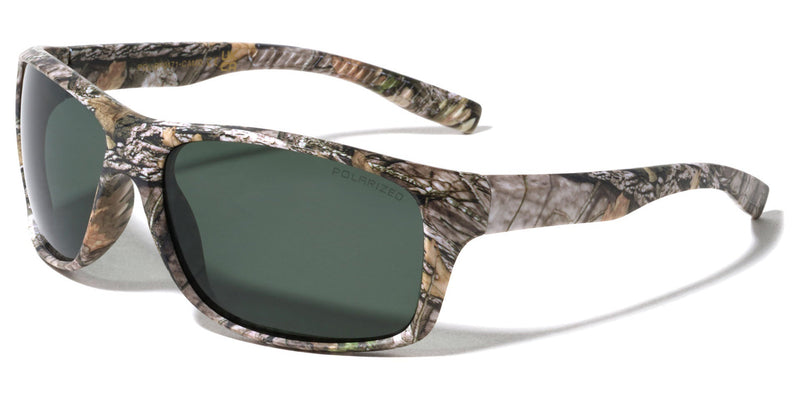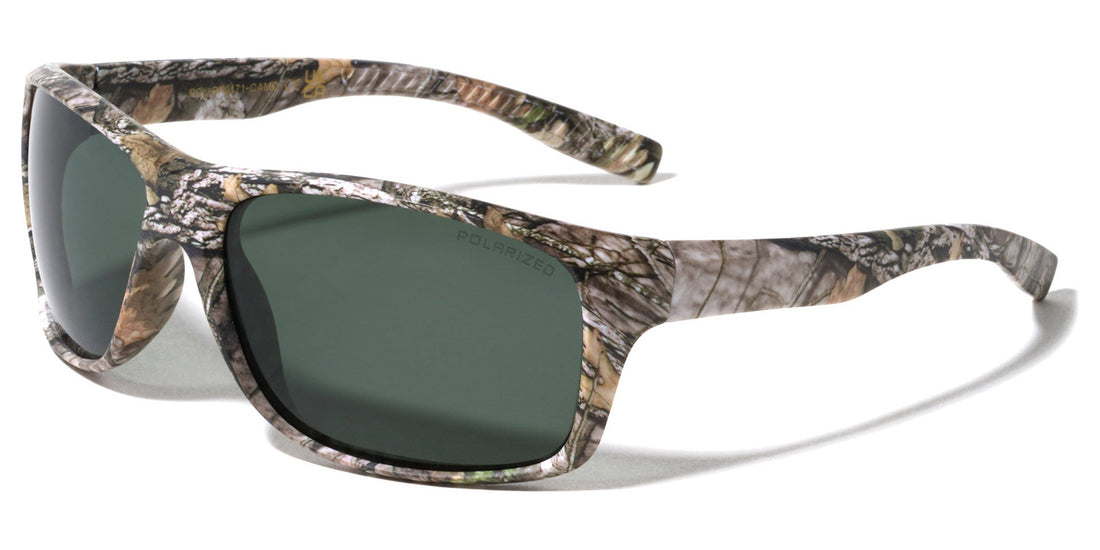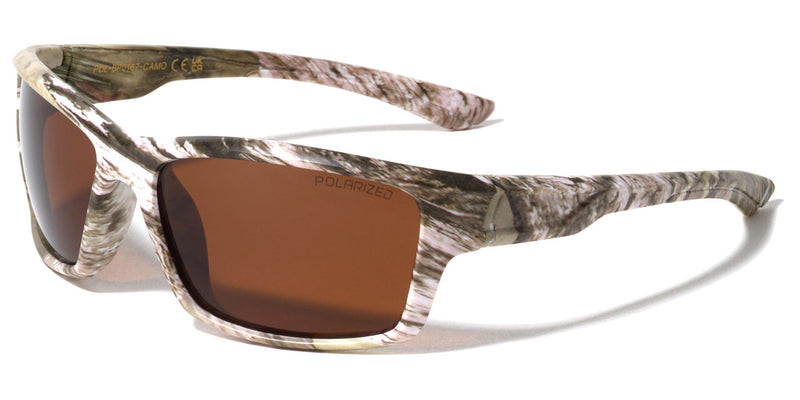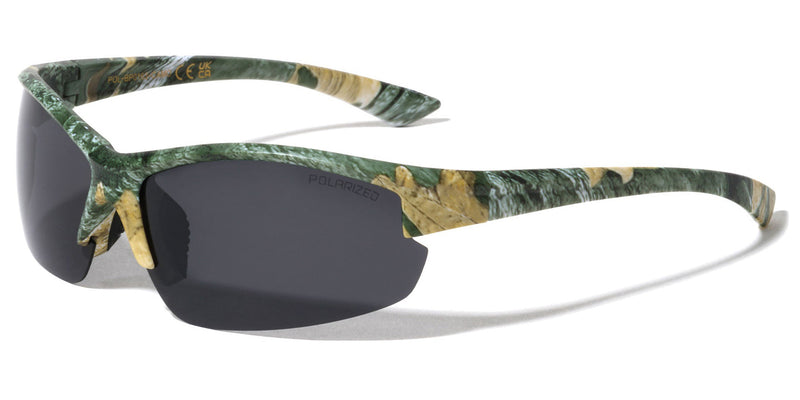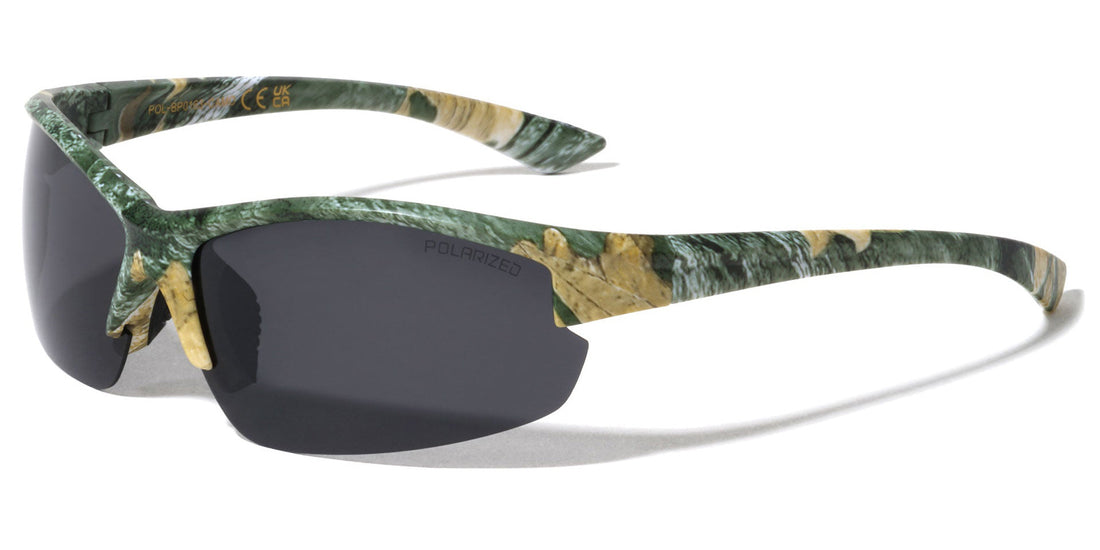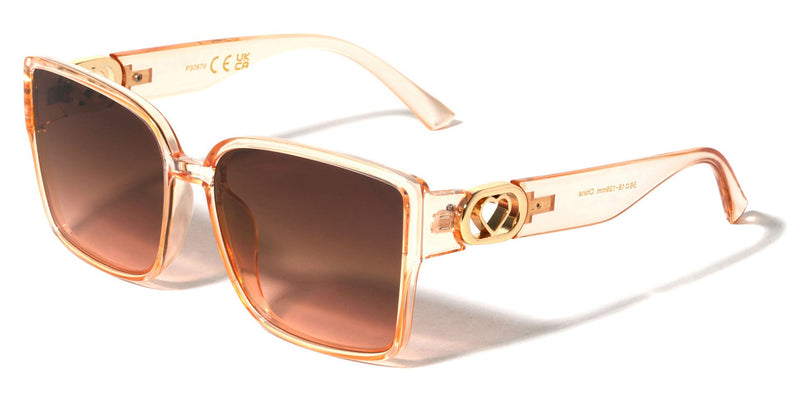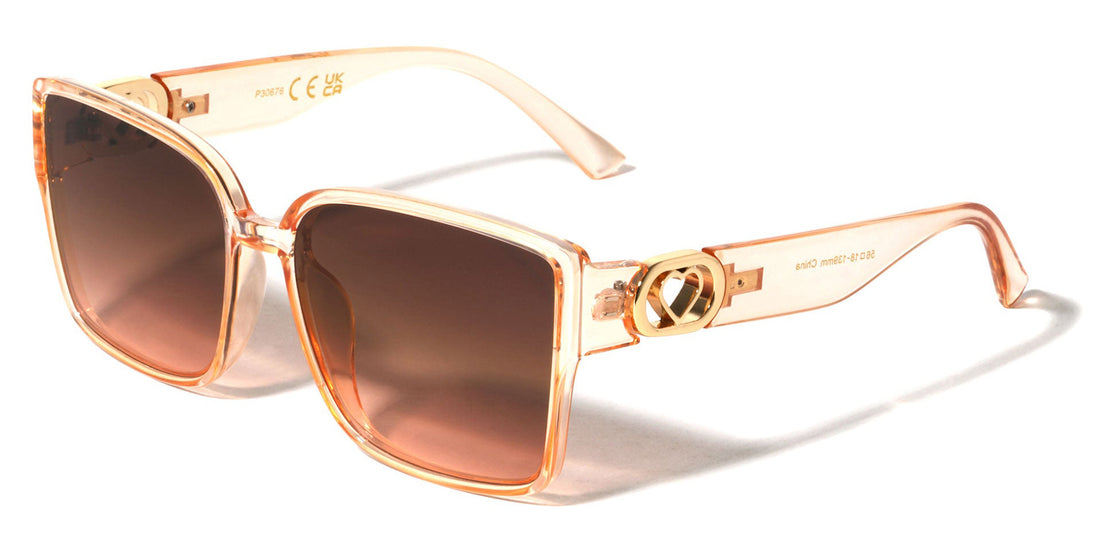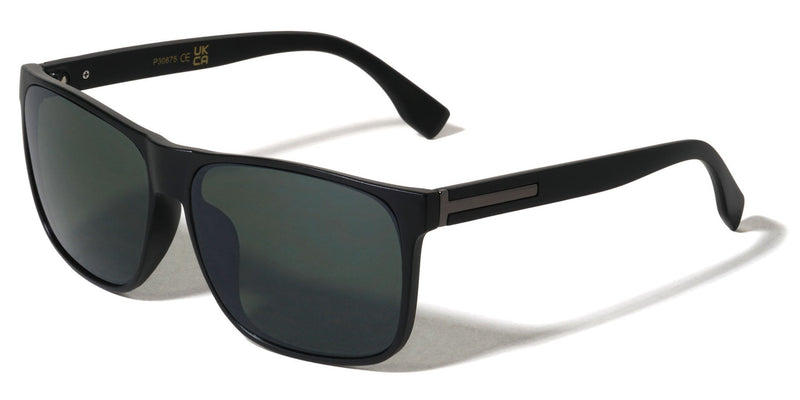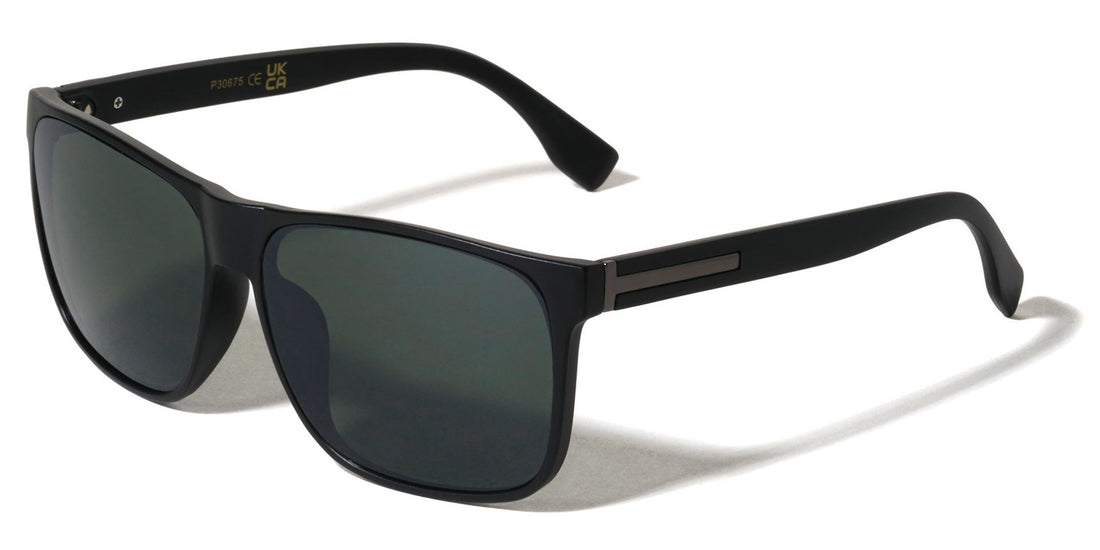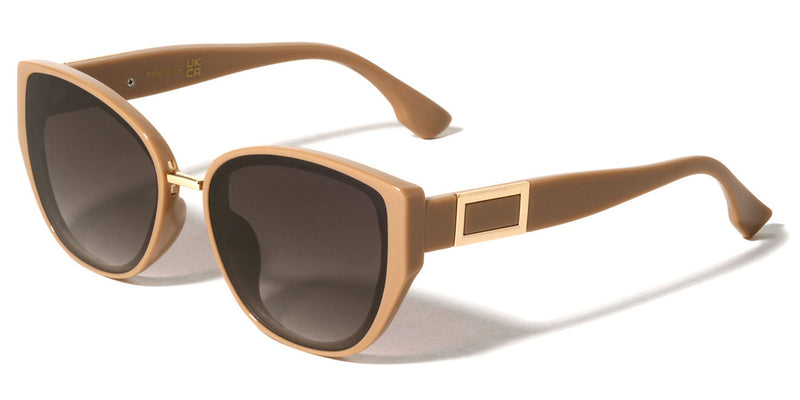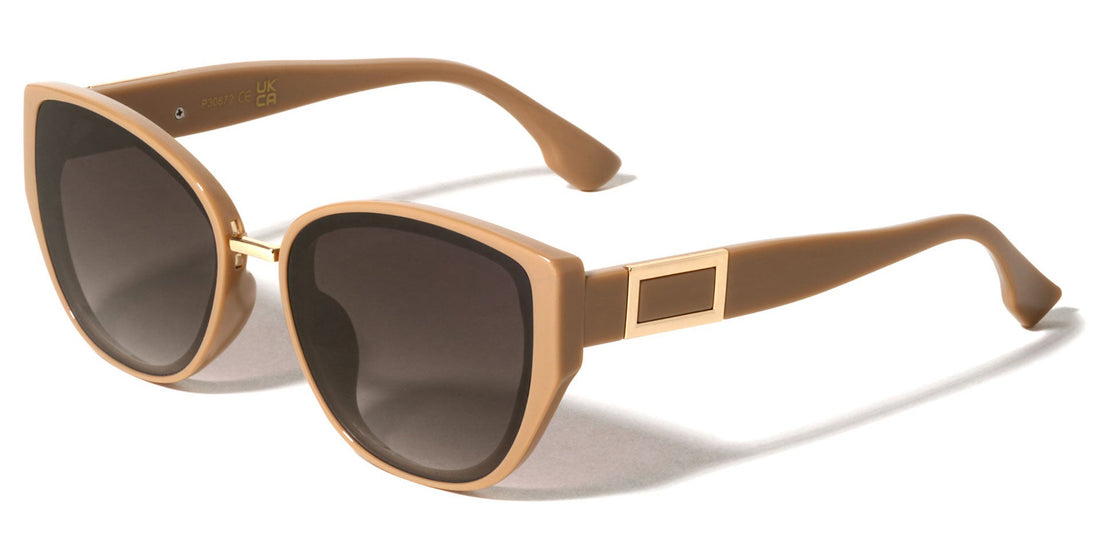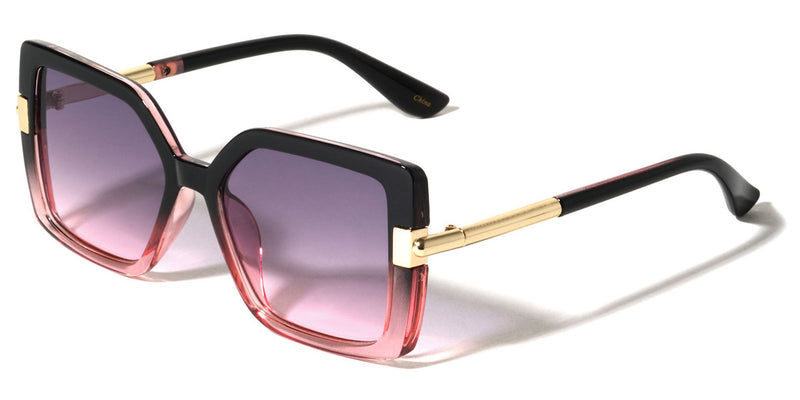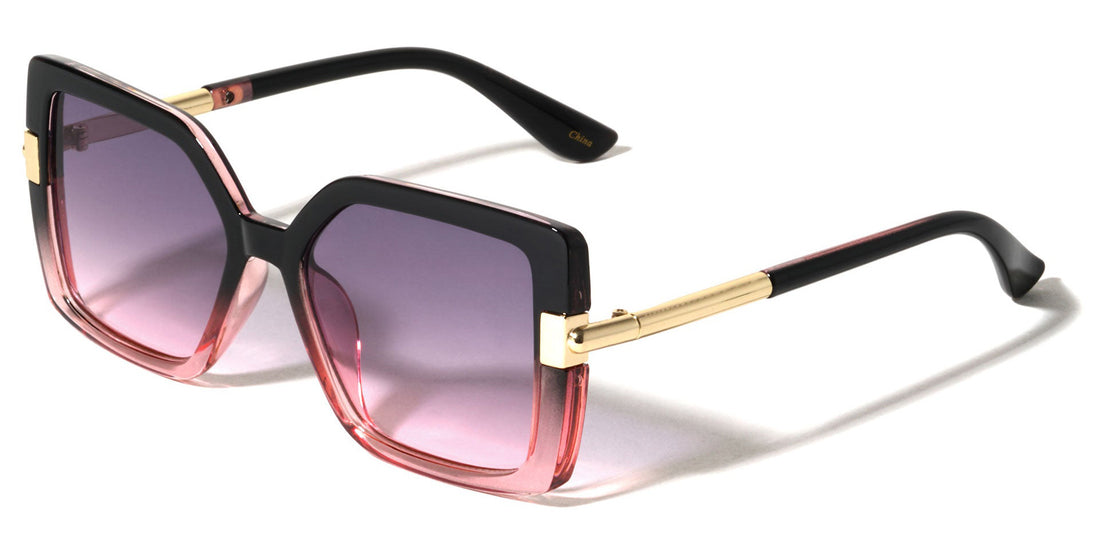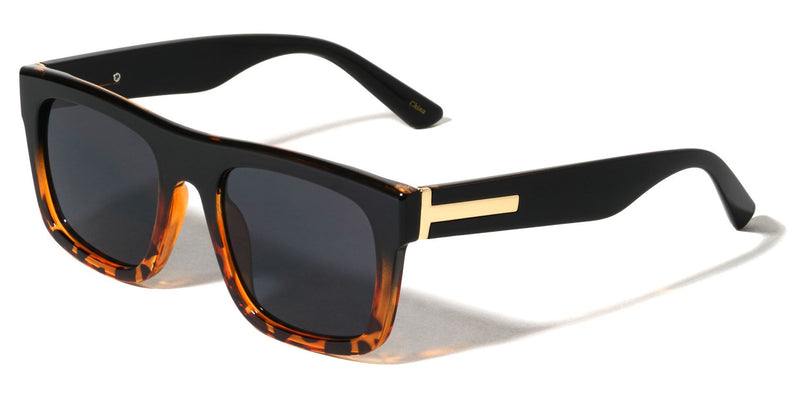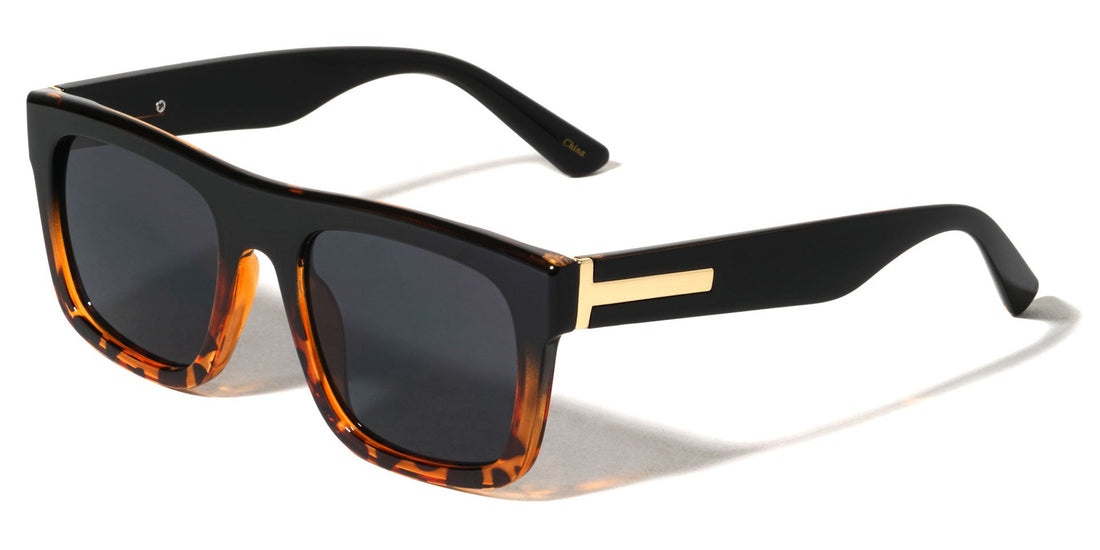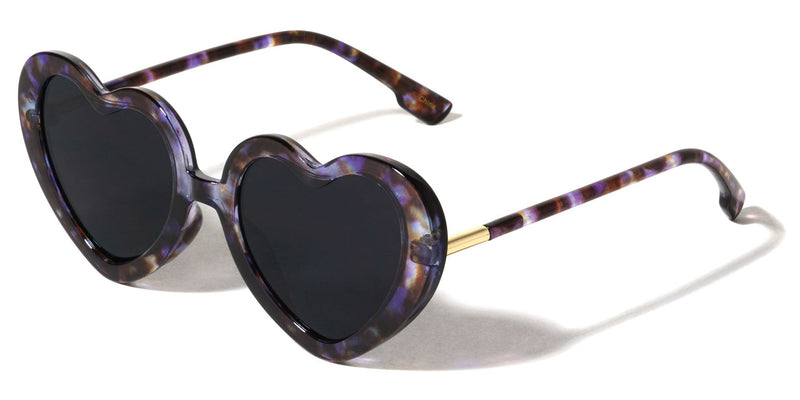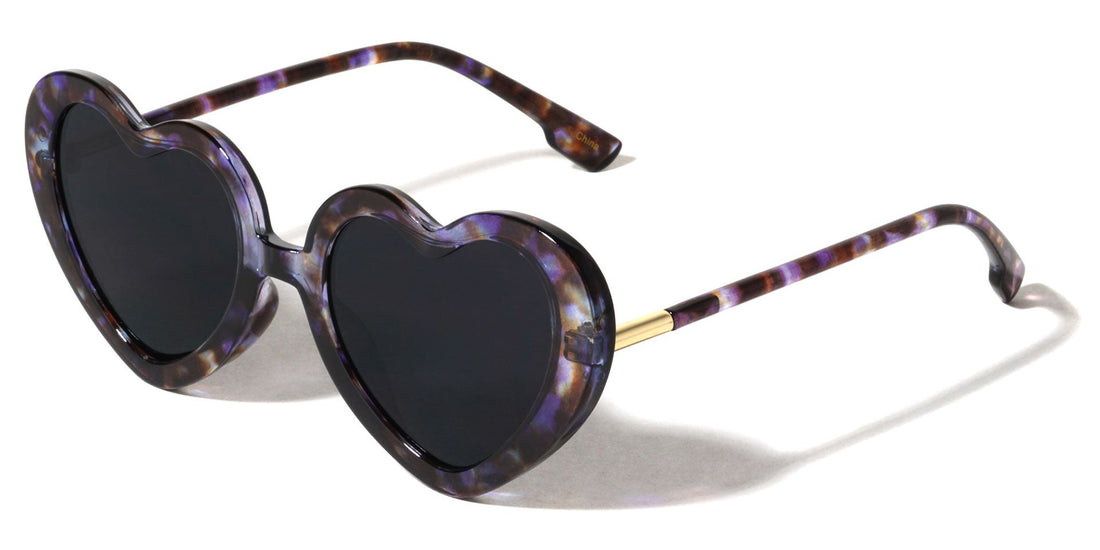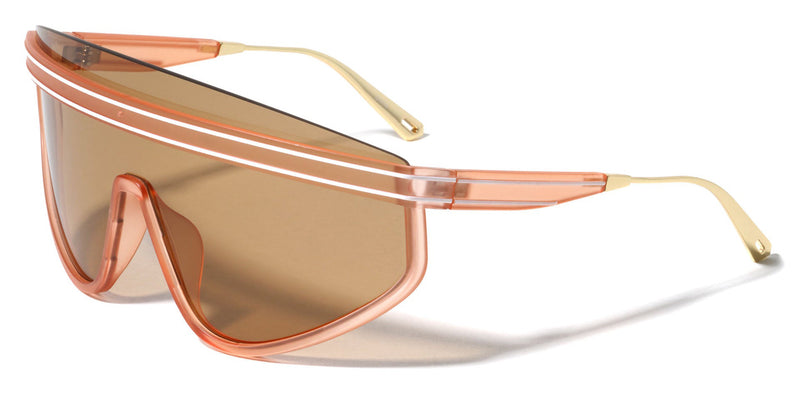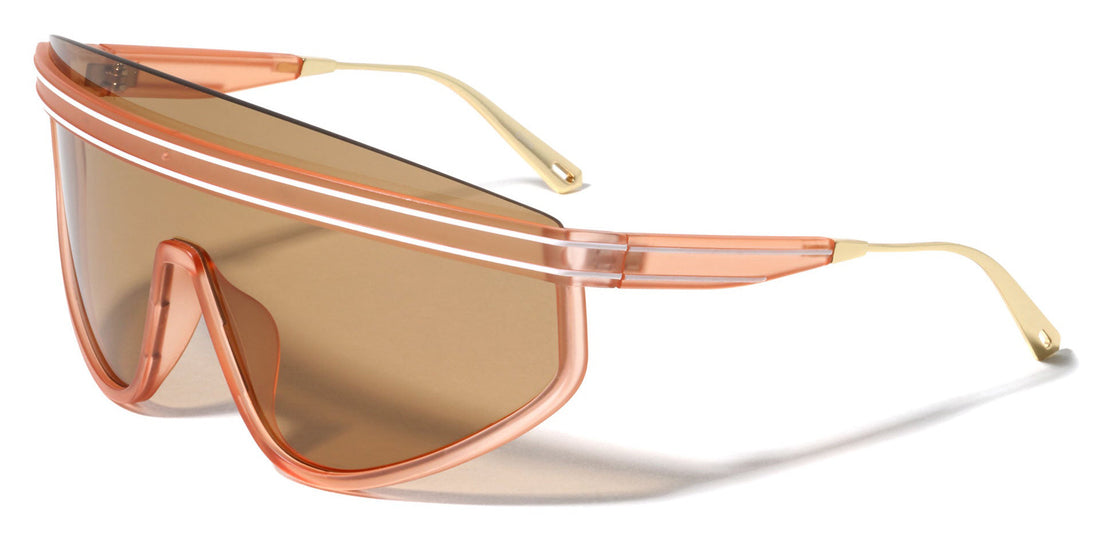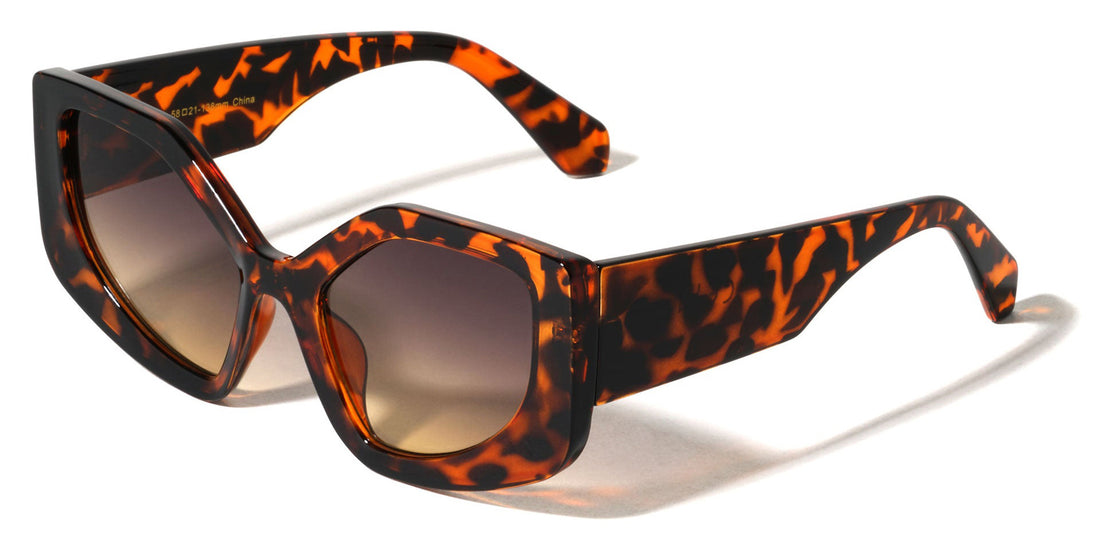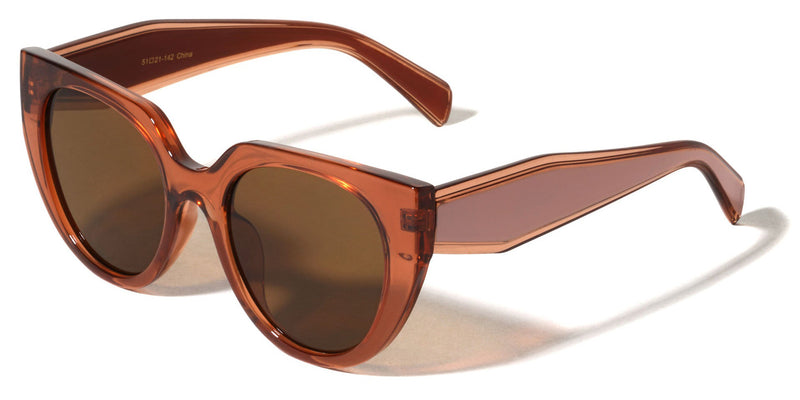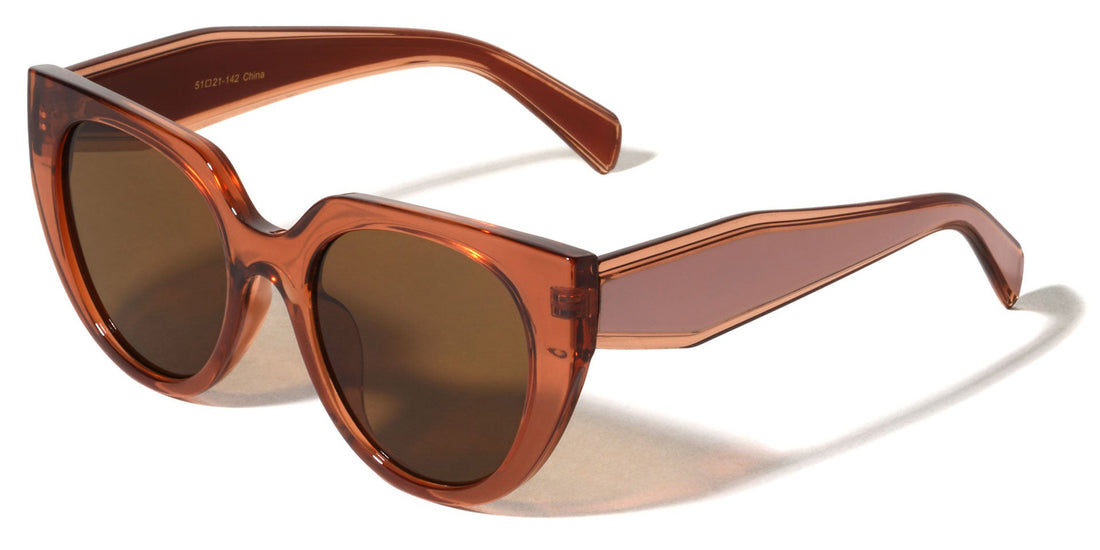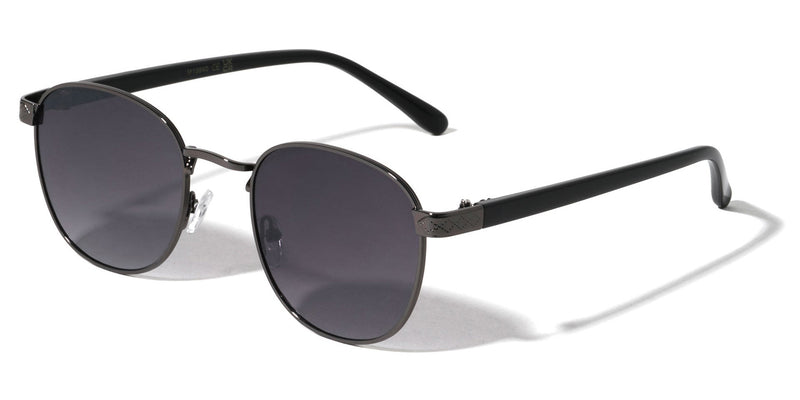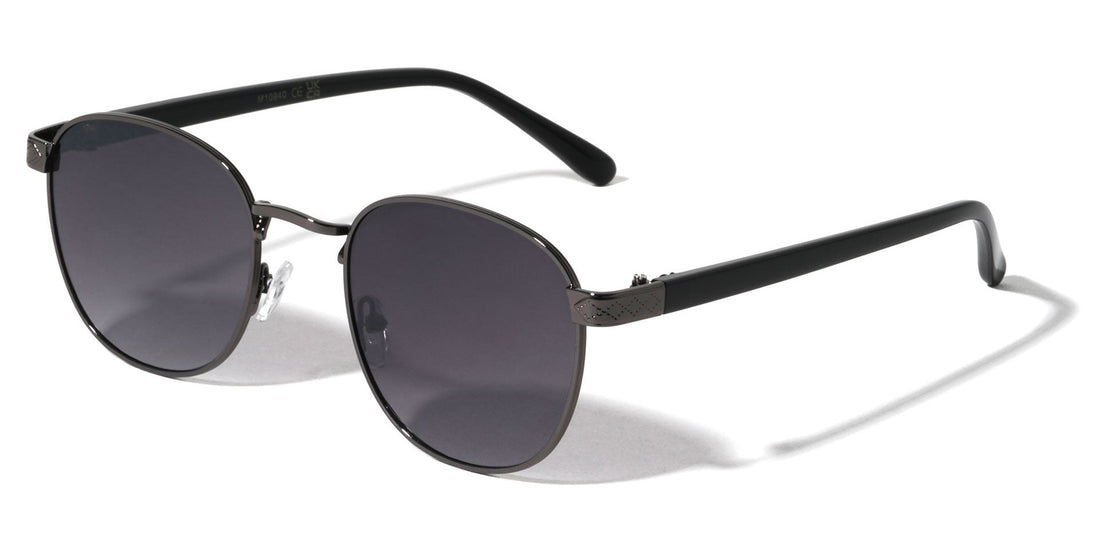The eyewear industry has done a fantastic job over the last decade or so in educating consumers about ultraviolet (UV) light. Your typical consumer now knows enough to look for UV 400 sunglasses to protect against ultraviolet light. But we are starting to see a new trend emerge – rating sunglasses based on how well they handle visible light transmission (VLT).
Both Types of Light Are a Concern
In addition to teaching consumers about UV light and its dangers, we have done an excellent job of explaining how much damage UV light can do to the eyes. As sellers of bulk sunglasses at wholesale prices, we have educated retailers about the UV light problem. In return, retailers have educated consumers.
The point is that UV light is a concern. That is why designer sunglasses are manufactured with built-in UV filters. But visible light is also a concern. Too much exposure to visible light can tire the eyes. It can cause excess squinting that leads to headaches. As well as this, too much direct sunlight can just make being outdoors uncomfortable.
More About VLT
VLT is a measurement of the amount of direct sunlight that moves through a pair of sunglasses and reaches the eyes. Let's say you have a pair of sunglasses with a VLT reading of 80%. Most direct sunlight will pass through the lenses, making them ideal for overcast days and most driving. But they will still filter out UV light if they have the embedded filter that modern sunglasses are manufactured with.
A pair of sunglasses with a VLT rating of 8% block a lot more direct sunlight. They would be unsuitable for driving simply because they could make the road too hard to see. But if you were out on a glacier on a sunny day, they would be ideal for cutting down on direct sunlight and glare.
It's a Matter of Comfort
Few eyewear manufacturers are including VLT ratings on their products. But that may change in the coming years. Until then, consumers can get a good idea of VLT just by looking at how dark a pair of lenses is. Note that no pair of sunglasses block 100% of the light in the visible light spectrum. To do so would be to blind the wearer.
To the average consumer, VLT is really about comfort. One pair of sunglasses might be very comfortable on an overcast day but measurably less comfortable on a sunnier day. Likewise, the pair of sunglasses a person might wear to and from work may be too uncomfortable for a day on the ski slopes.
Be the Authority to Your Customers
What does all this mean to you as a designer eyewear seller? It means that you can be a hero to your customers by becoming their authority on all things sunglasses. You build authority by educating consumers about the things they may not already know. The difference between UV and VLT ratings is the perfect example.
From a health perspective, it is more important that your customers choose sunglasses with UV 400 protection and enough coverage to guard the eyes from every angle. VLT is a secondary concern that pertains mainly to comfort. The more comfortable a pair of sunglasses is, the more likely a consumer is to wear them.
One last thing to note is that UV protection has nothing to do with lens color or VLT. The built-in filter that keeps UV light at bay is transparent. You cannot see it with the naked eye. Lens tint, color, and darkness are all properties relating to VLT.





